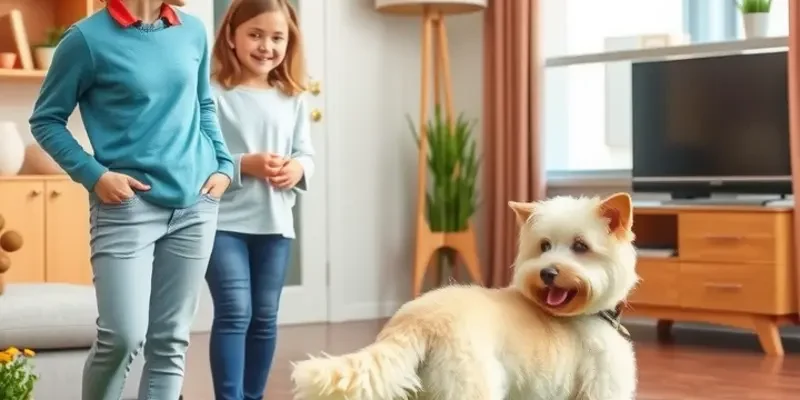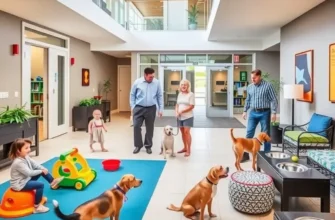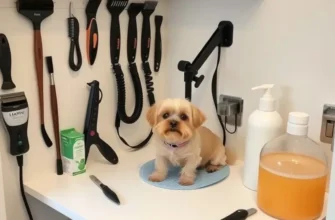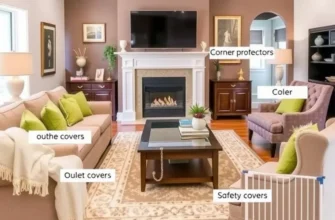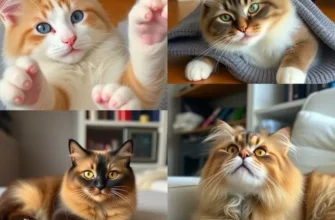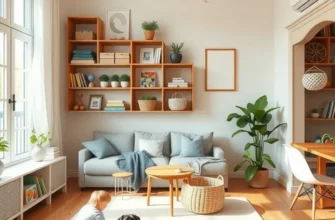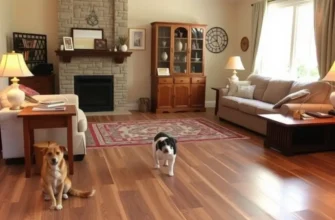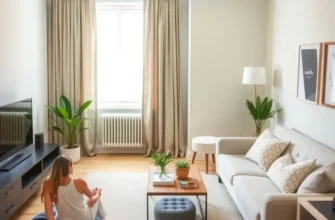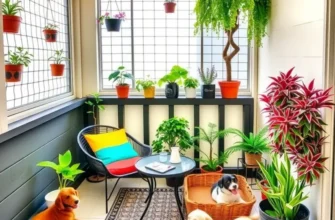Navigating the world of apartment living with pets can seem daunting, especially when it comes to potty training. Families, pet owners, couples, and renters often worry about managing their furry friends in confined spaces, without damage or inconvenience to their home. Apartment living might have its challenges, but it also offers unique opportunities to create a harmonious living space for your loved ones. Understanding the importance of using efficient training methods can ease your anxiety regarding pet behavior and help avoid accidents. Through fun, structured approaches, you can make sure that your pet is comfortable and well-adjusted in your apartment. Follow along for practical advice and tailored tips designed to help families easily implement successful potty training strategies in an apartment setting. Establishing a routine, being patient, and utilizing the right tools and products can make a significant difference. Let’s turn those potential potty training pitfalls into smooth successes as you build a safe, supportive environment for your pets and loved ones.
Creating a Structured Potty Training Routine
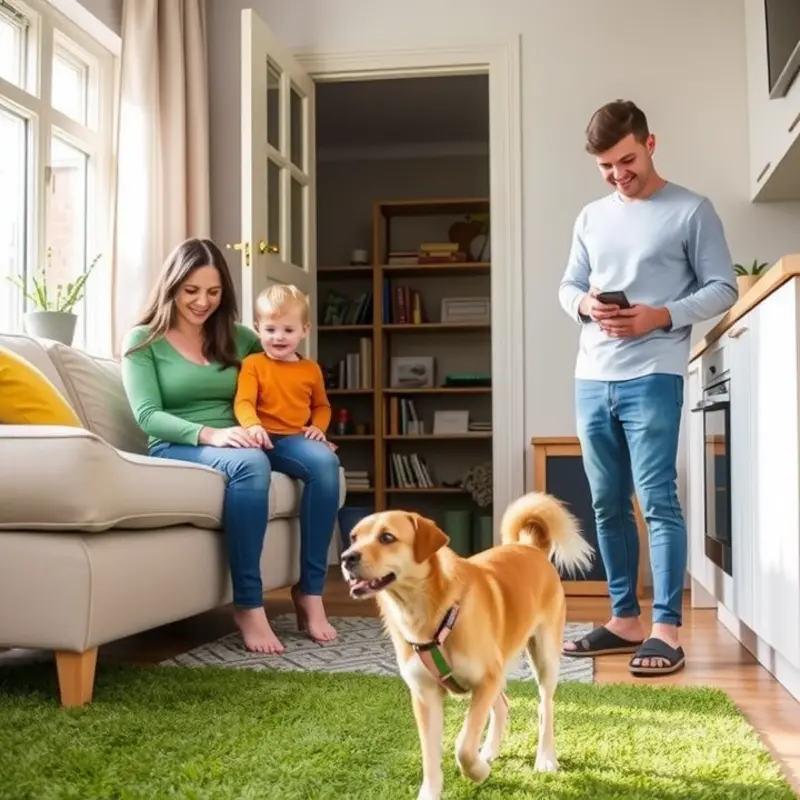
Establishing a consistent potty training routine for your pet is an essential step to ensure both happy pets and peaceful homes. A regular schedule helps your pet understand what is expected and provides them with the structure they need to succeed.
Start by creating a daily routine that incorporates set times for potty breaks, feeding, and playtime. The consistency of this routine will help your pet adjust more quickly and reduce the likelihood of accidents inside the home. Plan to take your pet outside frequently, especially after meals and naps, as these are times when they are most likely to need a bathroom break.
As your pet becomes used to the schedule, you can gradually extend the time between potty breaks. This incremental change allows your pet to build bladder control without feeling stressed. Be patient and considerate as every pet adapts at their own pace.
Choosing safe and accessible outdoor areas for these breaks is equally important. Look for spots that allow for quick visits and where your pet feels comfortable. Identifying specific areas for them to relieve themselves consistently encourages habit formation and reduces confusion. When your pet uses these designated spots, reward them with praise or a treat to reinforce positive behavior.
Incorporating cues or commands is another effective strategy. Before stepping outside, use the same word or phrase to signal that it’s time to go. Over time, your pet will associate the command with the action, creating a more predictable routine.
Maintain vigilance by observing your pet’s body language for signs that they need to go out. This may include sniffing, circling, or whining near the door. Acknowledging these cues promptly can prevent accidents and reinforce their communication with you.
Should accidents occur inside, it’s vital to focus on positive reinforcement rather than punishment. Negative responses can create anxiety and may hinder progress. Instead, consistently reward the behavior you wish to see and redirect your pet to the appropriate outdoor spot.
A structured routine, patience, and a keen eye for your pet’s signals are keys to mastering apartment potty training. For more advice on adapting your living space to accommodate your pet’s needs, check out this guide on creating pet-friendly neighborhoods.
Utilizing Indoor Solutions for Potty Training
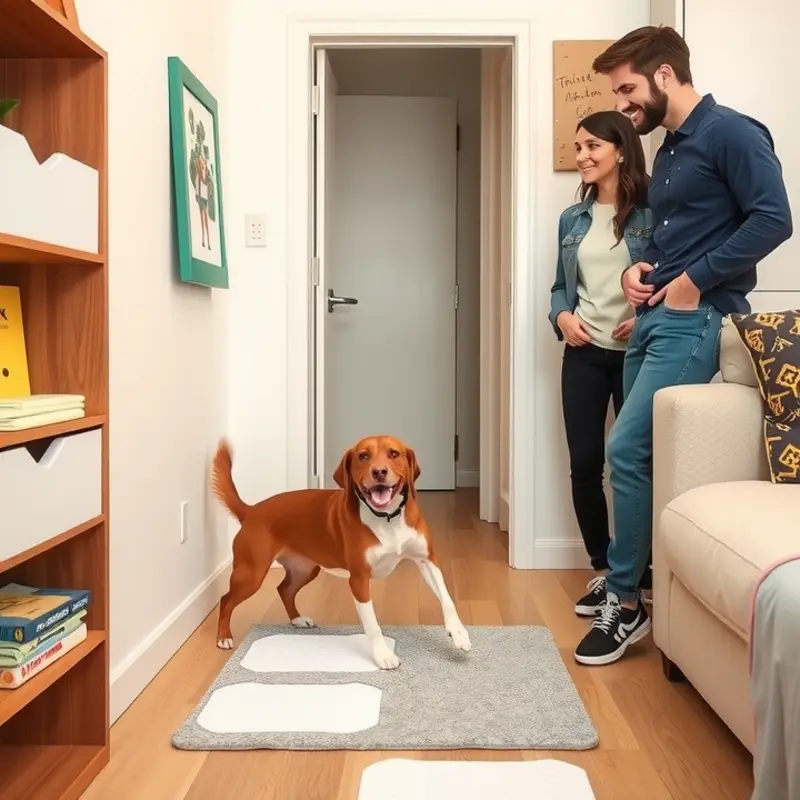
When outdoor access is limited, indoor potty training solutions become invaluable tools for pet owners. Puppy pads and designated indoor patches with synthetic grass offer effective alternatives, ensuring pets can comfortably relieve themselves indoors. The key is positioning these alternatives in areas your pet frequents, increasing accessibility, and thereby encouraging use. It’s crucial that these solutions are easy to clean and resistant to odor.
Introducing these indoor solutions requires patience and positive reinforcement. When your pet uses the indoor potty area correctly, reward them with treats or praise to reinforce the behavior. This positive association will help in establishing a routine. Gradually incorporate these methods into your daily routine to give your pet time to adjust to the new system.
Selecting the right cleaning products is equally important. Use products formulated specifically for pet accidents to effectively mask odors. This prevents your pet from marking the same spot repeatedly due to residual scents. Consistent cleaning with the right products ensures the indoor area remains hygienic and inviting for your pet.
As your pet becomes accustomed to their indoor potty area, consider reducing reliance on training aids like pads. Decrease their use gradually, allowing your pet to adapt without feeling confused or anxious. Maintaining consistency in the location of these indoor solutions is vital. Changing their position frequently can disrupt your pet’s understanding of their safe potty area.
The success of indoor potty training relies heavily on consistency and reinforcement of positive behavior. By taking these steps, you can ensure a smooth transition to indoor potty solutions, fostering a happier pet and a more peaceful home. For additional pet care tips in small spaces, consider exploring more apartment-friendly pet care solutions.
Final words
Successfully potty training your pet in an apartment setting is all about establishing routines and utilizing the right tools. By creating a structured schedule and employing alternatives like indoor potty solutions, families can ensure a smooth transition for their pets. Remember to stay patient and consistent, and use positive reinforcement to encourage good behavior. With love and dedication, your pet will adapt to apartment life, allowing you all to enjoy a harmonious and happy home together. Embrace the journey of training with optimism; after all, every step taken is one closer to your goal of a well-behaved fur family member. Use these tips to create the perfect environment for both your pets and your loved ones.

